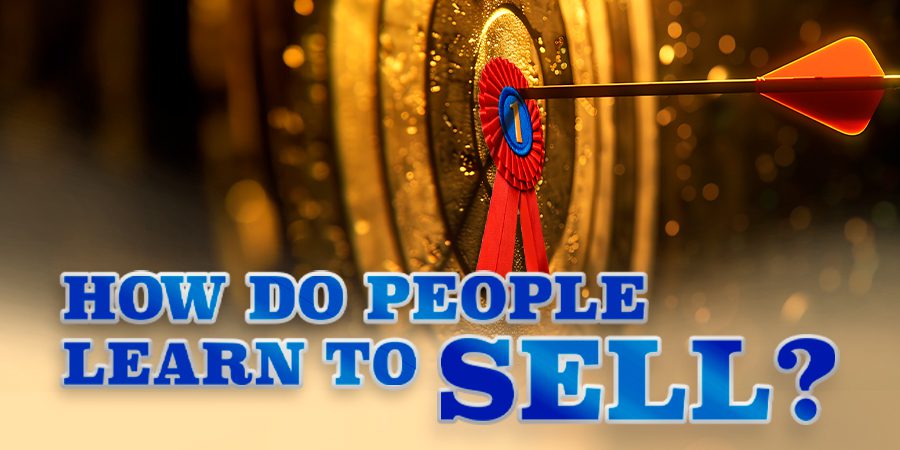In April of 1946, Esquire Magazine ran the clipped advertisement. (right)
The Phillip Morris company was sure they were offering a good product. Buyers were sure this was OK because “everybody smokes.” This ad was even before the introduction of filter tips. At the time, this was as normal as advertising milk from the grocery store. It was assumed that most adults would smoke. All homes and businesses had convenient ashtrays for smokers. Many businesses provided matchbooks with their company message printed on the cover. Ashtrays and lighters were built into all cars. Smoking was so prevalent that it was considered a privilege, not to be denied unreasonably.
Doctors smoked, nurses smoked, teachers smoked, movie stars smoked… everybody smoked. Even airplanes had ashtrays in the armrests, and so did all restaurants and many theaters.
Today this ad and the behavior it encourages would be considered outrageous. The health issues were known but not yet confirmed by health agencies. People jokingly called cigarettes “coffin nails.” Tex Ritter sang “Smoke-Smoke-Smoke that cigarette. Smoke it till you smoke yourself to death.” Yet most of the world in 1946 considered smoking as normal as eating meat.
On the other side of things, jogging was unknown back then. If you were running, there was surely something after you or you were late to be somewhere.
Walking wasn’t done for health; it was necessary and the most common form of transportation. Horses and autos were secondary.
Fitness was about strength. If you could lift heavy weights and bend steel bars or tear a phone book in half, then you were fit. Even phone books are obsolete now.
OK, so much for the walk down memory lane. What does this mean to you?
It illustrates how wrong many popular ideas can be. Today you can be fined for smoking in public places. Tobacco ads are no longer legal. Fitness is measured in overall physical well-being, and jogging is as common as smoking used to be.
When I was first trained to sell, in the 1970s, they told me that my job was to make people buy. I was told to memorize my “sales pitch” and give it as often as possible. If people didn’t want to buy, I was taught to “overcome” their objections and “close, close, close.” In other words, the entire sales effort was about coercing people into buying. There was no talk about truly helping them. It was about making sales!
So, as you see a new customer coming into your shop, what is your job?
I say it is to find a way to help them. Yes, even if you don’t make a sale.
People come to auto service facilities because they have a transportation problem. Something isn’t working right. It may be that they merely need something adjusted, or they might need a complete rebuild. But one thing is for sure, they aren’t there because their garage door is stuck. It’s their car that is the issue.
When they come in the door, set aside your impulse to sell them a service and instead, listen for the problem. Is this an emergency? Can it wait or is it urgent? How is it affecting them? Do they need a ride to work?
Show them that you sincerely want to help.
Solve the personal problem while you isolate the automotive problem. Put them at ease and show them their options: adjusting something, replacing something, a complete rebuild or finding a new car. Whatever it is, try to suppress your impulse to “sell.” Be a problem solver and automotive friend.
We may find that, 80 years from now, I am wrong. But for the present, let’s assume that selling by helping is the most enlightened and profitable way to build a customer base. People do business with people who truly care about helping to solve their problems. Make sure that is You.
Now, where did I put that slide rule? I hope it wasn’t thrown into the trash incinerator in our backyard.
Jim Cathcart, CSP, CPAE is the original author of “Relationship Selling.” Jim is a longtime friend of ATRA and contributor to GEARS magazine. Selling Power Magazine has designated him as a Leading Sales Consultant for 2025, and he’s been inducted into the Sales & Marketing Hall of Fame in London, England. Additionally, Jim coauthored HI-REV for Small Business with Dennis Madden. He is a Mentor to Expert-Based Businesses, a Business Advisor who helps people become a Certified Professional Expert, CPE™. Contact Jim at info@cathcart.com














